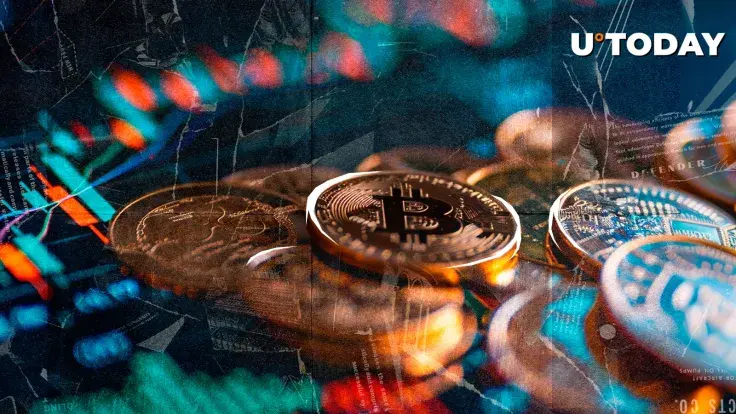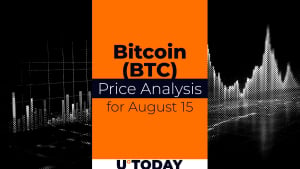
Disclaimer: The opinions expressed by our writers are their own and do not represent the views of U.Today. The financial and market information provided on U.Today is intended for informational purposes only. U.Today is not liable for any financial losses incurred while trading cryptocurrencies. Conduct your own research by contacting financial experts before making any investment decisions. We believe that all content is accurate as of the date of publication, but certain offers mentioned may no longer be available.
Peter Brandt recently cosigned a new Bitcoin (BTC) cycle chart that, in his opinion, shows the most likely scenarios as to where BTC could be headed next. The chart lines up all four major Bitcoin cycles since 2011, marking the time from bear market lows to peaks and from halving events to peaks. The first three cycles peaked 24, 28 and 33 months after their lows, and the current one is now about 29 months in from the 2022 low.
From the April 2024 halving, we are 17 months in. In the last two cycles, that is right around when prices reached their highs. If history repeats itself, the red "peak zone" on the chart will land somewhere between September and December of 2025.
Speaking about possible price ranges of the peak, the attention is on a mid-channel run that could land closer to $150,000–$180,000.
However, hitting the upper red line, which past cycles have occasionally touched, would mean reaching a price of about $250,000-$280,000.
The chart also highlights the trend of decreasing returns — each cycle gains less than the previous one, and peaks take longer to form. Early cycles saw gains of 10,000%, 2,000% and 700%, but this run from $15,500 is at about +480%, so the climb may be smaller this time, though of smaller scale.
Bottom line
Brandt’s endorsement of the chart, of course, lends credibility to this idea, given his 50-years experience of market projecting. If Bitcoin continues to move in line with these patterns, the next 12-15 months could bring a new all-time high, even if the percentage gain is not as big as in previous years.
The only question is whether new factors, such as ETF flows, interest rates and global liquidity, will change that timeline.


 Dan Burgin
Dan Burgin Vladislav Sopov
Vladislav Sopov U.Today Editorial Team
U.Today Editorial Team